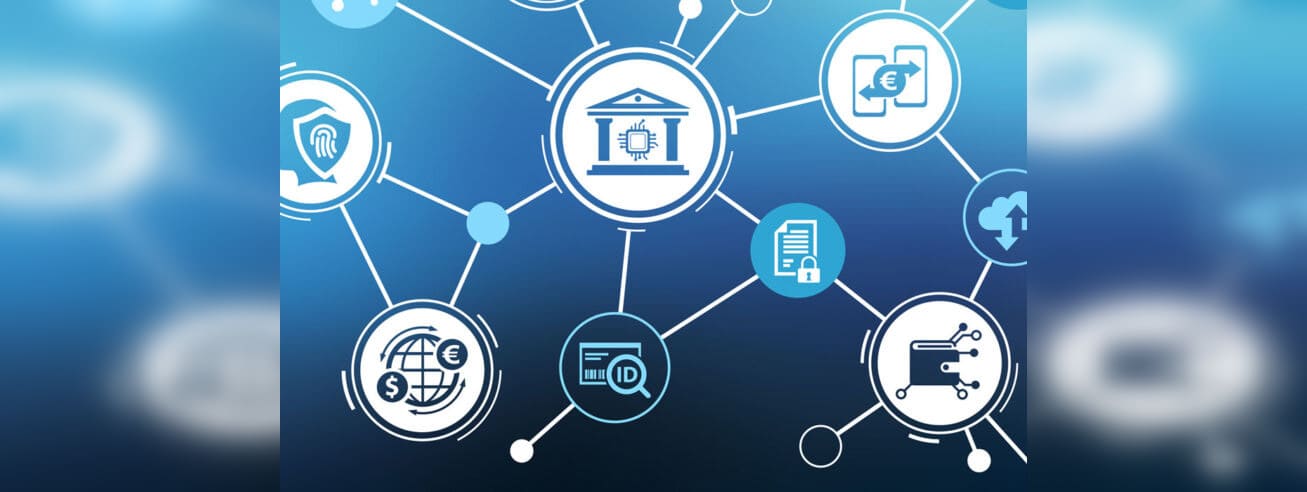28 March 2023
4 Fundamentals of Banking as a Service BaaS

Banking as a Service (BaaS) is a rapidly growing concept in the financial industry, which enables non-banking companies to offer financial services to their customers. BaaS allows companies to focus on their core competencies while partnering with banks to provide a wide range of financial services. In this blog, we will discuss the four fundamentals of BaaS and the benefits associated with each of them.
Fundamental 1: Bank as provider In the BaaS model, banks act as the provider of financial services to non-banking companies. Banks offer their infrastructure, regulatory compliance, and expertise to enable non-banking companies to provide financial services to their customers. The benefits of this fundamental include:
a. New channel for new customer acquisition: By partnering with non-banking companies, banks can reach out to a new customer base that they might not have reached otherwise.
b. Incremental revenue from interchange & fee based income transaction: Banks earn revenue from interchange fees and transaction-based fees, which increases their revenue streams.
c. Interest income from new deposits/ loans: Banks can also earn interest income from deposits and loans generated through their partnership with non-banking companies.
Fundamental 2: BaaS platform (aggregator/ enabler) The BaaS platform acts as an aggregator or enabler between banks and non-banking companies. The platform provides a seamless integration of banking services into the non-banking company’s products or services. The benefits of this fundamental include:
a. Increase revenue from fee based income sharing of the transaction: BaaS platforms earn revenue by sharing a portion of the transaction-based fees earned by the banks.
b. Increase number of customer/ users: BaaS platforms attract a large customer base by offering a wide range of financial services and seamless integration of banking services into non-banking company products or services.
Fundamental 3: BaaS Partner BaaS partners are non-banking companies that integrate banking services into their products or services using the BaaS platform. BaaS partners can offer a wide range of financial services to their customers, which enhances their product offerings. The benefits of this fundamental include:
a. Increase number of customer/ users: By offering financial services, BaaS partners can attract a larger customer base, which they might not have reached otherwise.
b. Increase customer transaction volume: BaaS partners can increase their customer transaction volume by offering a wide range of financial services.
c. Increase customer stickiness: By offering financial services, BaaS partners can increase customer stickiness by providing a comprehensive and seamless experience.
Fundamental 4: Retail, SMB or Corporate customers The BaaS model caters to various customer segments, including retail, small and medium-sized businesses (SMB), and corporate customers. The benefits of this fundamental include:
a. Increase customer loyalty from rewards offering & strengthened brand: By offering rewards and incentives, banks and BaaS partners can increase customer loyalty and strengthen their brand.
b. Increase transaction volume which driven by business shifting sales to platform and larger customer base: SMB and corporate customers can increase their transaction volume by using BaaS platforms to conduct financial transactions.
c. Increase customer data to identify new growth opportunities: By partnering with banks, non-banking companies can gain access to customer data, which can be used to identify new growth opportunities.
In conclusion, the BaaS model is transforming the financial industry by enabling non-banking companies to offer financial services to their customers seamlessly. Banks act as the provider of financial services, BaaS platforms act as the aggregator or enabler, BaaS partners integrate banking services into their products or services, and customers benefit from a wide range of financial services. The benefits of BaaS include increased revenue streams, a larger customer base, increased customer loyalty, and access to customer data to identify new growth opportunities.
